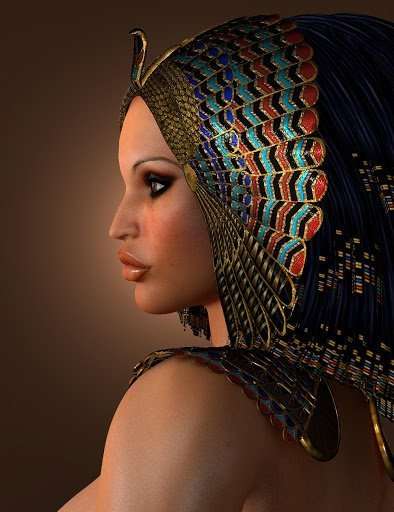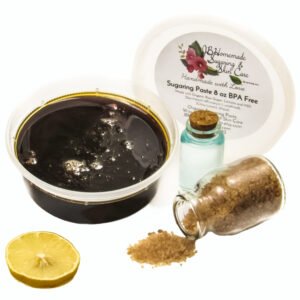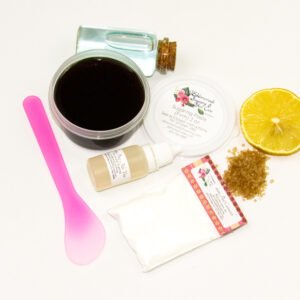🌿 From the Desert Sands to My Homestead Kitchen
|
Let’s go back. Way back. The story of body sugaring begins around 1900 BC, where smooth, hair-free skin wasn’t just about vanity — it was about ritual, youth, purity, and self-respect. In ancient Egypt, women of Alexandria — inspired by Cleopatra and her culture's ideals — viewed hairlessness as a symbol of beauty and innocence. The tradition was so revered that brides were completely sugared head to toe (except for eyebrows and scalp hair) the night before their weddings. This wasn’t about modesty; it was about ritual cleansing, fertility, and grace. |
 |
Throughout the Middle East, the practice was widespread. It was called:
-
Moum in Iran
-
Agda in Turkey
-
Sukar in Egypt
Sugaring was a natural part of daily hygiene. In fact, the high sugar content of the paste even had a natural preservative effect — inhibiting bacterial growth in hot climates.
🪶 My Personal Journey with Sugaring
I find this history absolutely fascinating.
Like many of you, I started shaving as a teen — and I hated every minute of it. Goosebumps as soon as I stepped out of the shower, razor burn, ingrown hairs, nicks that stung worse than heartbreak. I tried waxing three times in my life and nope. Never again. Not unless you count childbirth-level pain as enjoyable.
I still remember the yank. The tears. The redness. The raw, angry skin that stayed sensitive for days. And worst of all? Knowing I’d signed myself up for it.
I just wanted smooth skin. But I was sacrificing my comfort and skin health to get it.
If only I’d known back then what I know now. If only I’d known about sugaring.
🍯 What Is Sugaring?
Sugaring is an ancient method of hair removal made from three humble ingredients: sugar, lemon, and water. Cooked to a soft taffy consistency, this natural paste adheres only to hair — not live skin — and is applied in the opposite direction of hair growth, then removed in the same direction. That means:
-
✅ Less breakage
-
✅ Less irritation
-
✅ Less trauma to the skin
Sugaring isn’t hot. It’s used at room temperature, and when applied properly, feels like a firm but respectful handshake to your skin — not a slap.
🌸 What Makes Sugaring Magical?
✨ Gentle Exfoliation: It lifts dead skin cells with every flick
🌿 Clean Ingredients: You could literally eat it
🌙 Less Painful: No yanking against the grain
🌺 Skin-Loving Ritual: Over time, it can reduce regrowth
🕯️ Rooted in Tradition: This isn't a trend — it's a time-honored technique passed from generation to generation.
🛠️ Why I Make My Own Paste (and You Can Too)
As a Master Herbalist, it felt natural to start making my own sugaring paste in small batches — just like the women before me. Only three ingredients go into my formulas: raw organic sugar, fresh lemon juice, and purified water. I don’t use additives, fillers, or shortcuts.
And yes — I’ll show you exactly how to use it yourself. 💛
📺 Explore the Ancient Art for Yourself
👉 Shop Natural Sugaring Paste (Firm, Medium, Soft)
👉 Watch Free How-To Tutorials
👉 Start With a Sugaring Starter Kit
👉 Still curious? Read the FAQ
💬 Final Thoughts from a Converted Sugaring Witch
Sugaring isn’t a trend to me. It’s my ritual. My rebellion against the burn, the razor, the chemicals. It’s what I do when I want to care for myself — truly care — in a way that respects both my skin and the earth.
No more raw skin. No more regret. Just a gentle flick and skin that says “thank you.”
✨ With herbal love and ancient wisdom,
Jen
Founder of JBHomemade
Master Herbalist | Naturalist | Skin Witch
🧿 @jbhomemade | 📌 jen_at_jbhomemade






